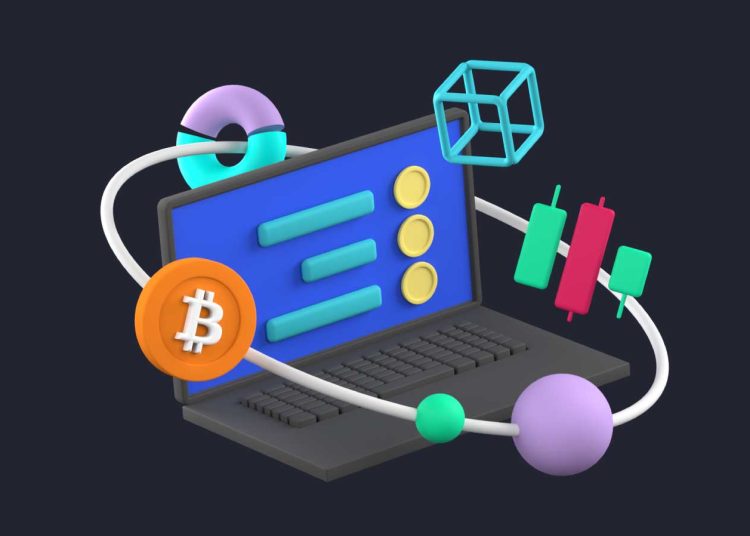A fractional stablecoin is one that is backed in two ways: collaterally-backed and algorithmically modified.
Fractional stablecoins are a new form of stablecoin and cryptocurrency that is partially backed by collateral and partially stabilized algorithmically. There’s many variations and flavors to the fractional stablecoin model, such as partially backing it with liquidity or partially allowing redemptions, but the general idea is still the same, namely that the protocol mints more stablecoins than it has value to redeem all of them against. A stablecoin is a digital asset built on the blockchain that is designed to maintain a price peg at a designated price, most often, $1. In order to maintain their use and legitimacy as a payment method, they must have some backing in fiat cash, cryptocurrency or on-chain tokens that it can be redeemed/swapped against. This backing is called collateral. A fractional stablecoin is one that is backed in two ways: collaterally-backed and algorithmically modified. A fractional stablecoin has a collateralization ratio of less than or equal to 100%, meaning the stablecoin can be backed by less real dollars/cryptocurrency — a fraction thereof — than it’s supposed total worth. This method improves capital efficiency as less dollars are required to remain idle as collateral. Think of it another way: fractional stablecoins have a larger circulating supply of tokens than they do liquidity or collateral. They typically almost always have algorithmic mechanisms to prevent bank runs through economic incentives and game theory.
If the price rises above $1, the algorithmic systems produce new stablecoins until the price returns to $1. If the stablecoin is overcollateralized, the process works in reverse and the available stablecoins or tokens will be burned.
Purely algorithmic stablecoins are difficult to bootstrap, are slow to grow and experience extreme periods of volatility which counteracts the mission of being a stablecoin. A fractional stablecoin utilises algorithms to increase or decrease collateral to maintain its peg by generating or burning the number of stablecoins or digital tokens available.
































Discussion about this glossary